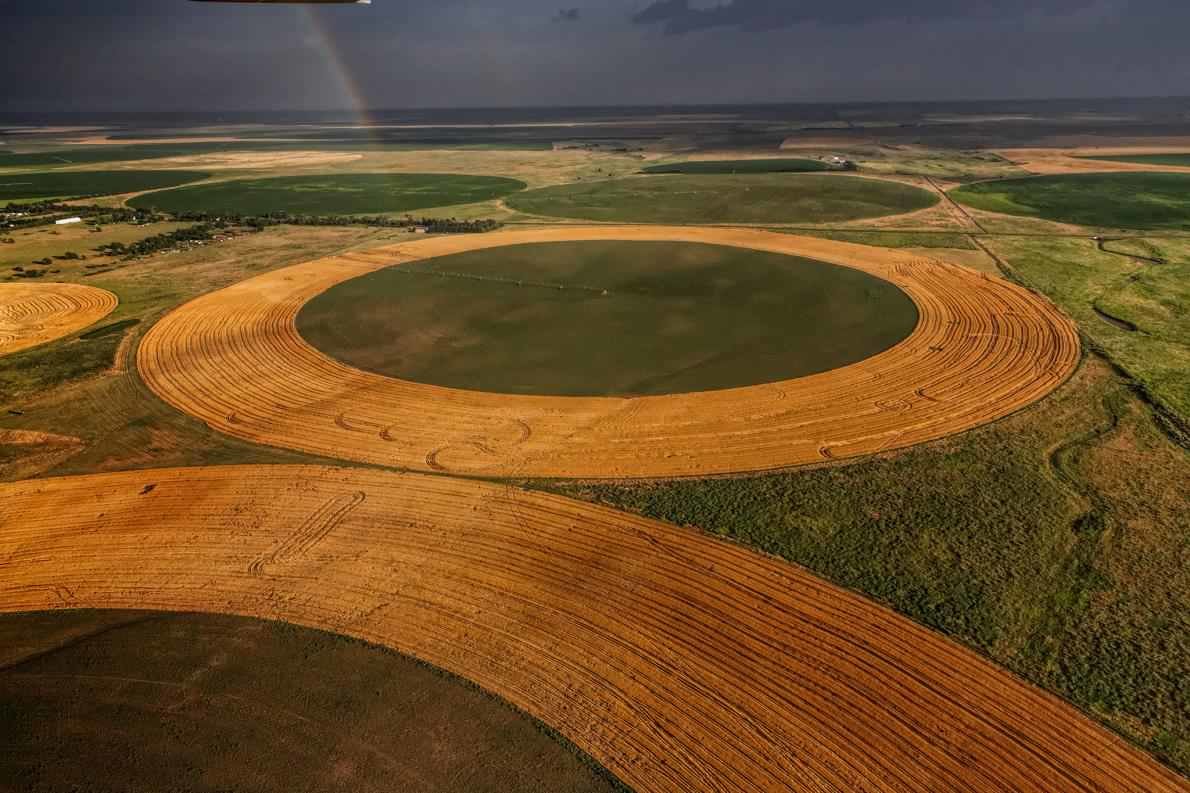
© Randy Olson, National Geographic CreativeCenter-pivot irrigation systems irrigate fields of grain in Finney County, Kansas. Each well draws hundreds of gallons per minute from the sinking Ogallala aquifer.
By mid-century, says a new study, some of the biggest grain-producing regions could run dry.
Rising temperatures and growing demands for thirsty grains like rice and wheat could drain much of the world's groundwater in the next few decades, new research warns.
Nearly half of our food comes from the warm, dry parts of the planet, where excessive groundwater pumping to irrigate crops is rapidly shrinking the porous underground reservoirs called aquifers. Vast swaths of India, Pakistan, southern Europe, and the western United States could face depleted aquifers by mid-century, a recent study finds—taking a bite out of the food supply and leaving as many as 1.8 billion people without access to this crucial source of fresh water.
To forecast when and where specific aquifers around the globe might be drained to the point that they're unusable, Inge de Graaf, a hydrologist at the Colorado School of Mines in Golden, Colorado, developed a new model simulating regional groundwater dynamics and withdrawals from 1960 to 2100.
She found that California's agricultural powerhouses—the Central Valley, Tulare Basin, and southern San Joaquin Valley, which produce a plentiful portion of the nation's food—could run out of accessible groundwater as early as the 2030s.India's Upper Ganges Basin and southern Spain and Italy could be used up between 2040 and 2060. And the southern part of the Ogallala aquifer under Kansas, Oklahoma, Texas, and New Mexico could be depleted between 2050 and 2070. (
Read more about the threat to the southern High Plains.)
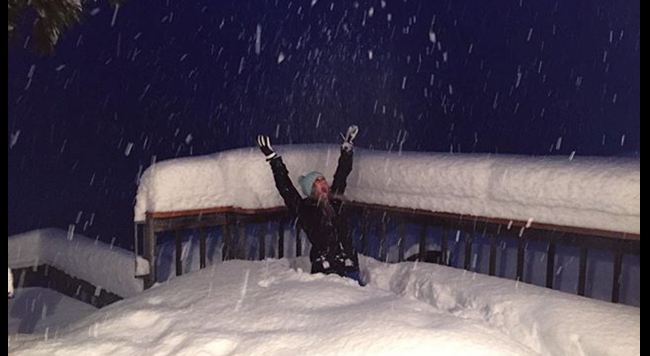
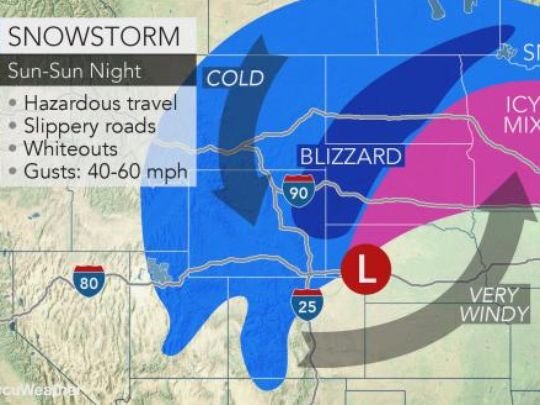
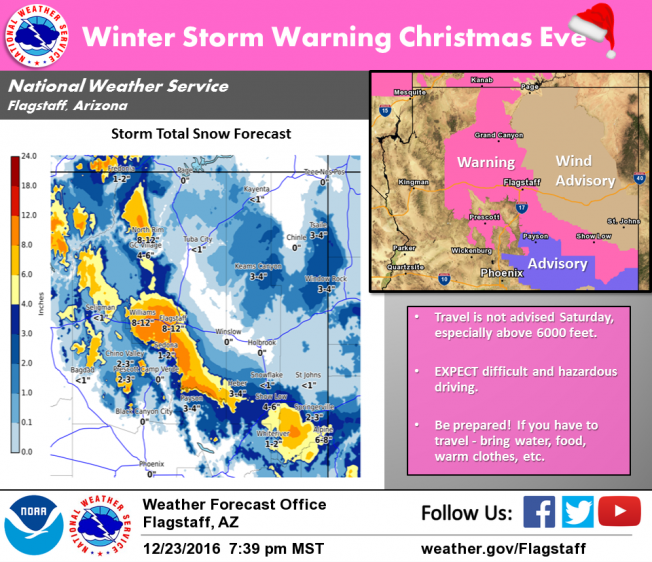
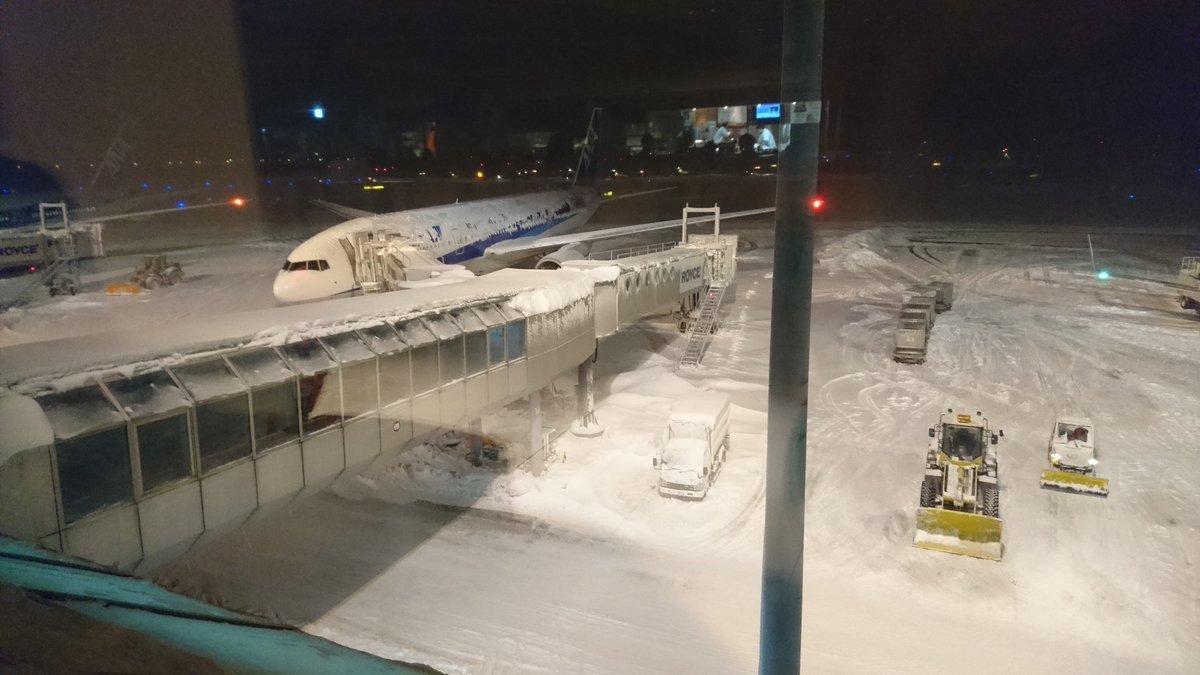
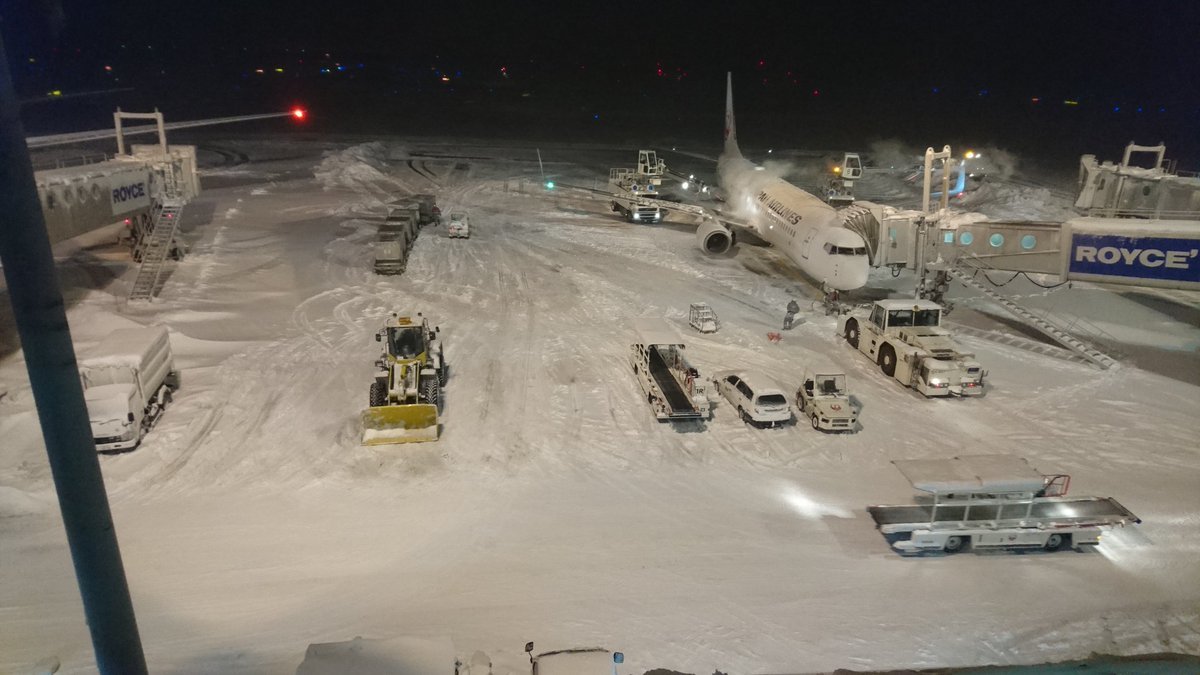
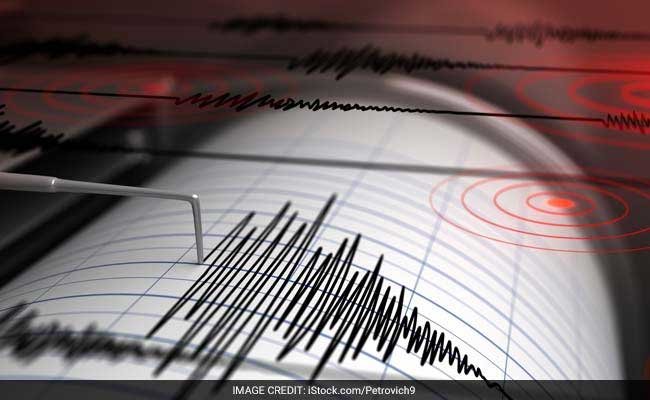
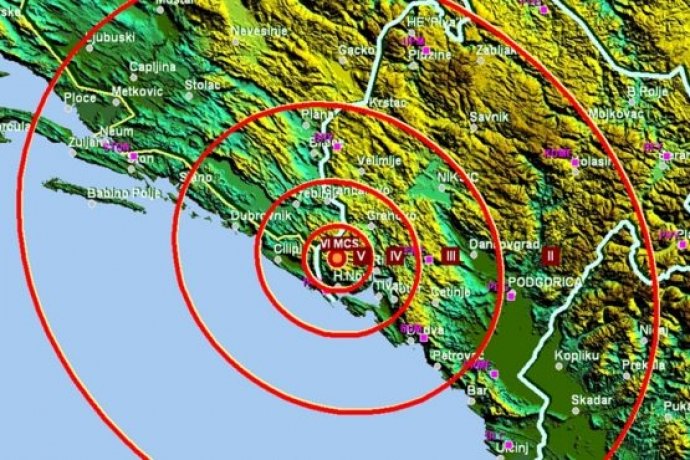
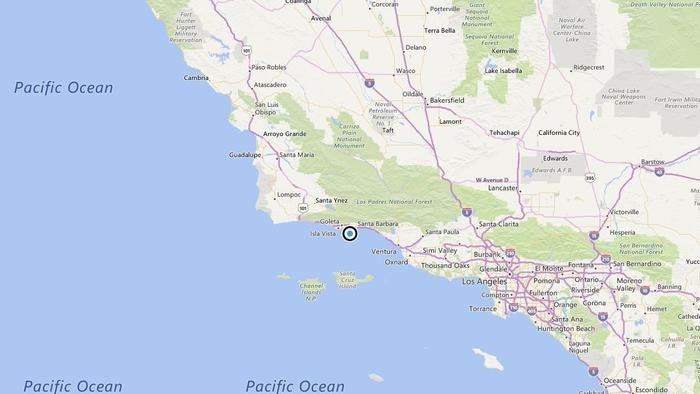
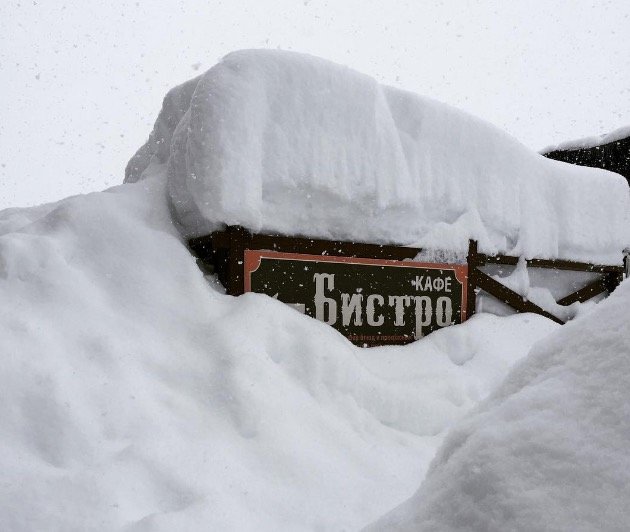

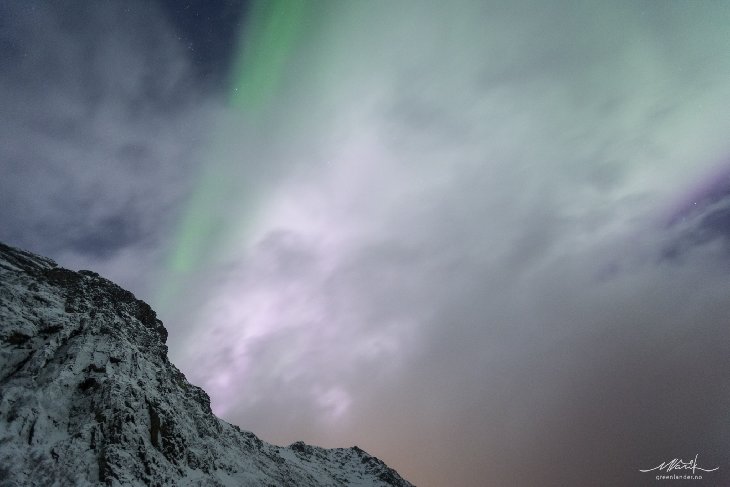
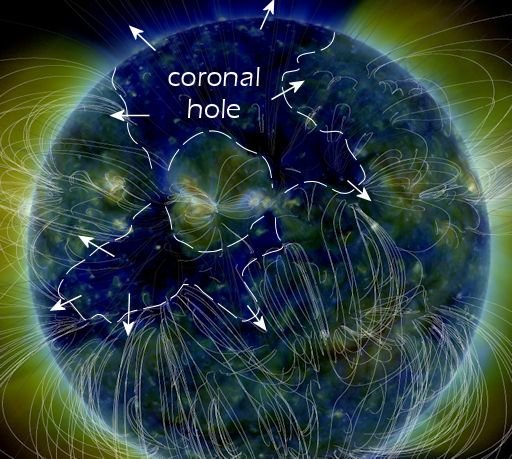




Comment: There are also a countless numbers of road closures in Syria due to snow accumulation.